|
What are the most important elements a clothing item has to have in order to become your favorite? We think that for a garment to make it to the top of the list, it has to be a well-balanced combination of style, versatility and comfort. Nothing fits the bill more than a simple pencil skirt. We've chosen a favorite from this Fall's collection, but this isn't just an ordinary pencil skirt. It stretches, it has pockets, it's uniquely designed and on top of all that, it offers incredible versatility when it comes to wearing and styling it. It's not just the crisp white color that allows it to be so easy to style with any of your favorite tops, it's a combination of the length and the thickness of the ponte knit (which, by the way, has the most beautiful stretch) that acts as a key factor in creating the perfect work-to-casual skirt. The following elements will make you fall head over heels in love with this gorgeous pencil skirt! 1. It has stretchy side pockets and a high waist! Why is this so important you ask? Well, the pockets are self explanatory: They are convenient, add comfort to any clothing item and serve as a temporary house for all you important items (cellphone, keys, lipstick, aaaaaand most importantly, hands.) We've seen plenty of women get that sparkle in their eyes when they realize something has pockets. So yes, pockets are a given, but why is it so important that a skirt have a high waist? The answer will not shock you- It accentuates your waits, giving the allusion of an hourglass shape and it holds "everything" in place. It is perhaps the most flattering style for your waist and hip area, and works well with any body shape. In addition, a high waist skirt allows your favorite light blouses to be tucked in with ease, thus creating so many more styling options. 2. It is the perfect length. At about 1 to 2 inches above knee, this pencil skirt is the perfect length. Although here at Doina Alexei, we love any length for a skirt (from mini to maxi and beyond), this by far is the most versatile. We often take length for granted, but for a pencil skirt it is quite an important factor. Here's why: the length of the pencil skirt can make or break a business/work outfit. If it's too short it becomes a bit inappropriate, but if it's too long it can risk making your figure look disproportionate or a little frumpy [ :( ]. An inch or two above knees is the perfect length for business- not too short or too long but still making you feel a little sexy. Perhaps what makes this pencil skirt truly PERFECT is the fact that once you're done wearing it at work, it transitions beautifuly to a dinner or party outfit- just play around with the tops you're styling it with and you're good to go. 3. It can be worn in a casual outfit We've described how great it works at the office, but we haven't told you how completely appropriate it is to wear with any of your casual tops. As the photo above will testify, even a bulky sweater is perfection with this beautiful pencil skirt. It's both the universal color and the minimalist design (which we'll discuss more bellow) that makes it the perfect match for any of the casual blouses, sweaters and tank tops you already own. A universal clothing item that requires no additional shopping? We think that's a win- win! 4. It Stretches! Ah, yes- it stretches. Do we need to say more? A pencil skirt designed for work and play that stretches needs no further description. It will serve you with great comfort and it will never let you down when it comes to style and good structure. That's because it is constructed of a stretchy ponte knit. A knit which is usually used for comfortable blazers and business suits. It has just the right thickness to maintain good structure and create a tailored look. 5. It's designed beautifully: Simple yet unique. Last but not least, lets talk about design. It is made to look clean with a very minimalist character, but if you look closely at all the design elements, there is nothing simple about it. The first thing that will catch your eye is that bold black stripe going vertically down the side at the front. It is a folded pleat made of a silky, lightweight fabric that adds character and grabs your eye simultaneously. Right next to it, are two double rows of black top stitching adding subtle uniqueness without going too far. So there you are- the perfect pencil skirt! What makes a clothing item perfect in your eyes? Do you have a perfect style in your wardrobe already? Let us know what it is and why you love it! Looking for more unique stuff? Check out our 11:11 Jacket, the magical jacket that transforms into a bag!
0 Comments
Leave a Reply. |
The Blog:A journey into our design process, sewing tutorials, fashion tips, and all the inspiring people and things we love. Doina AlexeiDesigner by trade and dressmaker at heart. I spend most of my days obsessing over new fabrics and daydreaming new ideas. Sadie
Executive Assistant & Client Relations Manager Archives
November 2019
Categories
All
|
-
Sewing Tutorials
-
Basics
>
- Aligning Pattern Grainlines To Fabric
- Preparing Fabrics For Sewing
- Pinning Sewing Patterns To Fabric
- Placing Sewing Patterns On Fabric For Cutting
- Rotary Cutters or Fabric Scissors?
- Cutting The Sewing Patterns
- What Are Notches And How To Use Them In The Sewing Process
- Transferring Notches From Pattern To Fabric
- Transferring Seamlines to Fabric
- Staystitching
- Backstitching: A Complete Guide
- Hand Basting: A Complete Guide
- Sewing Continuous Bias Binding
- Darts >
-
Sewing Seams
>
- The Basics Of Seams And Seam Allowance
- How To Sew A Straight Seam
- Sewing Curved Seams
- Sewing Corner Seams
- Trimming And Grading Seam Excess
- Notching/Clipping Seam Allowance for Tension Release
- Sewing Topstitched Seams
- Sewing Corded Seams
- Sewing A Slot Seam
- Sewing A Gathered Seam
- Sewing Bias Seams
- Sewing Seams With Ease
- Sewing Seams With Crossing Seamlines
- Sewing Unlike Fabric Seams
- How To Iron Seams: Ironing Tools And Conventions
- Sewing With Knit Fabrics
- Understanding Stitch Length And Tension
- Sewing Unique Fabric Seams
-
Seam Finishes
>
- Seam Finishing Techniques - Overview
- Applying A Pinked Seam Finish
- Applying A Bias Bound Seam Finish
- Serging And Zigzag Seam Finishes
- Sewing A Self-Bound Seam Finish
- Sewing A French Seam Finish
- Sewing A Hong Kong Seam Finish
- Sewing A Mock French Seam Finish
- Sewing A Turned-and-Stitched Seam Finish
- Sewing Overcast Hand-Applied Seam Finishes
- Sewing A Flat Felled Seam
- Sewing A Hairline Seam Finish
-
Hem Finishes
>
- Garment Hem Finishes: Overview
- Sewing A Double Fold Hem Finish
- Sewing A Single Fold Hem Finish
- Sewing Bound Hem Finishes
- Sewing An Exposed Double Layer Bound Hem
- Sewing A Folded-Up Bound Hem with Pre-folded Binding
- Sewing A Hong Kong Hem Finish
- Sewing A Band Hem Finish
- Sewing A Bias Faced Hem Finish
- Sewing A Twill Tape Hem Finish
- Sewing A Rolled Hem Finish
- Sewing A Shaped Hem Facing
- Using Fusible Hem Tape And Webbing
- Finishing A Lace Fabric Hem
- Finishing A Leather Hem
- Sewing Faced Hem Corners
- How To Finish Lining At The Hem
- Finishing Fabric Corners by Mitering >
- Interfacing A Hemline: Lined And Unlined Examples
-
Sewing Pockets
>
- Curved Patch Pocket With Flap
- Unlined Square Patch Pockets
- Lined Patch Pockets: Two Ways
- Extension On-Seam Pockets
- Separate On-Seam Pocket
- Front Hip Pockets
- Bound Double Welt Pocket
- Double Welt Pocket With Flap
- Self-Welt Pocket (Using Single Fabric Layer)
- Slanted Welt Pocket (Hand-Stitched)
- Faced Slash Pockets: Overview >
-
Sewing Zippers
>
- Sewing Zippers: General Information
- Sewing A Centered Zipper
- Sewing A Lapped Zipper
- Sewing An Invisible Zipper
- Sewing A Fly Front Zipper
- Sewing A Closed-End Exposed Zipper (No Seam)
- Sewing An Exposed Separating Zipper
- Sewing Hand Stitched Zipper Applications
- Sewing A Zipper Underlay
- Sewing A Placket-Enclosed Separating Zipper
- Sleeveless Finishes >
-
Neckline Finishes
>
- Sewing A Neck Shaped Facing
- Sewing An All-In-One Neck Facing
- Neck And Garment Opening Combination Facings >
- Sewing A Bias Faced Neckline Finish
- Sewing A Band Neckline Finish
- Bound Neckline Finishes: Overview >
- Sewing A Semi-Stretch Strip Band Neckline
- Ribbed Neck Band And Classic Turtleneck
- Decorative Neckline Finishes >
- Finishing Facing Edges >
-
Extras
>
- A Complete Guide on Interfacing
- Sewing Bound Spaghetti Straps
- Sewing Spaghetti Straps To A Faced Neckline
- Sewing Ruffles: Overview
- Patterning And Sewing A Circle Ruffle
- Sewing A Gathered Heading Ruffle
- Sewing Double Layer Gathered Ruffles
- Sewing A Gathered Ruffle Into A Seam
- Sewing A Gathered Ruffle To A Fabric Edge
- Sewing A Fabric Surface Slit
- Sewing A Slit Seam
- Hand-Applied Straight Stitches
- Hand-Applied Blind Stitches
- Hand-Applied Overedge Stitches
- Hand-Applied Tack Stitches
- Hand-Applied Decorative Stitches
-
Basics
>
- Custom Bridal
- Custom Apparel
- About
- Blog
Services |
Company |
|

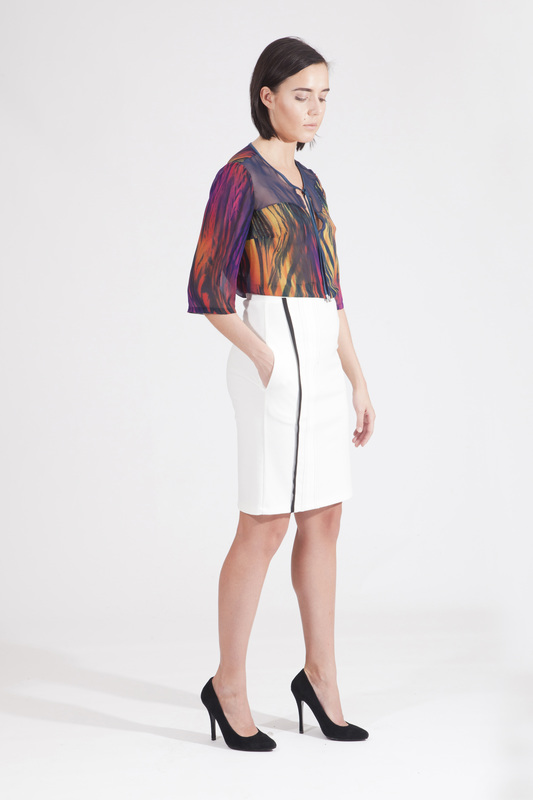
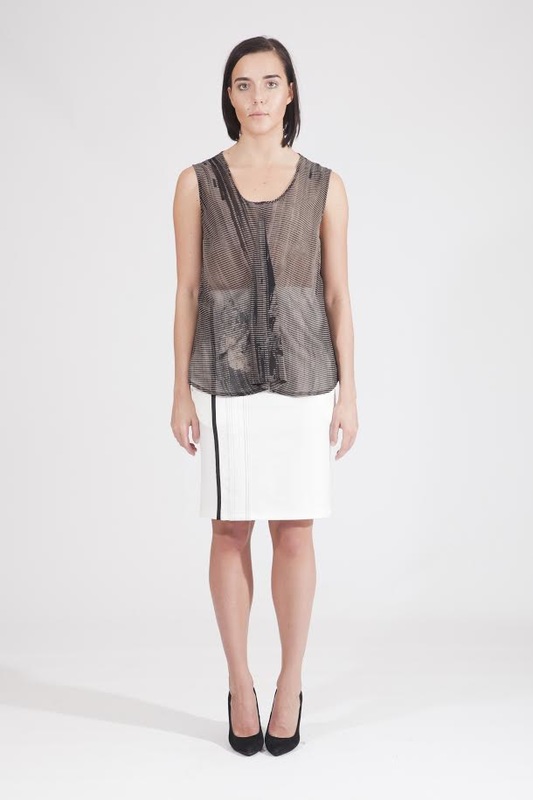
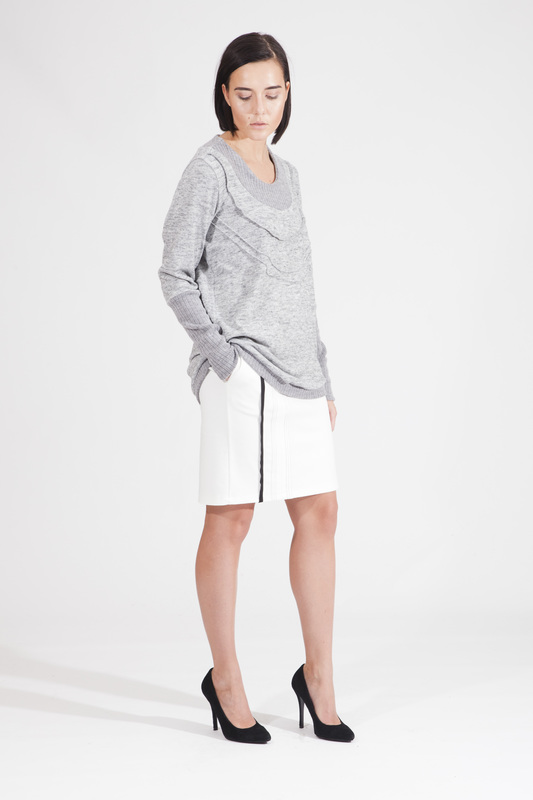
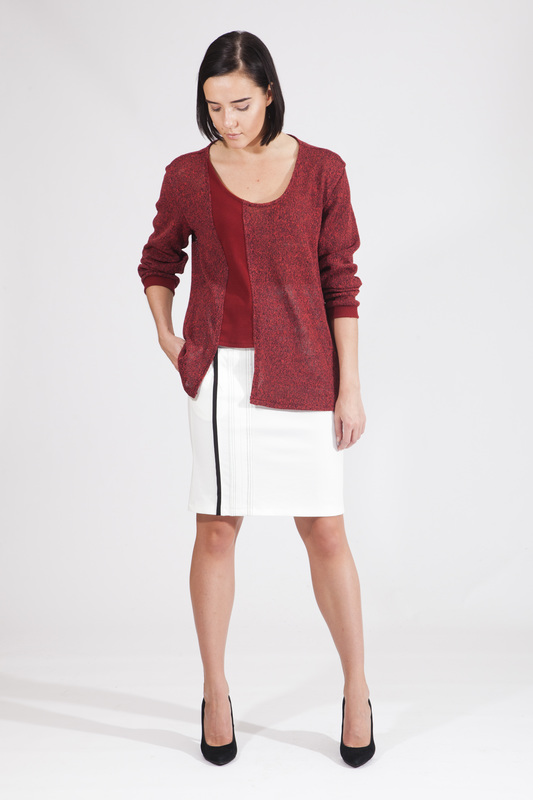
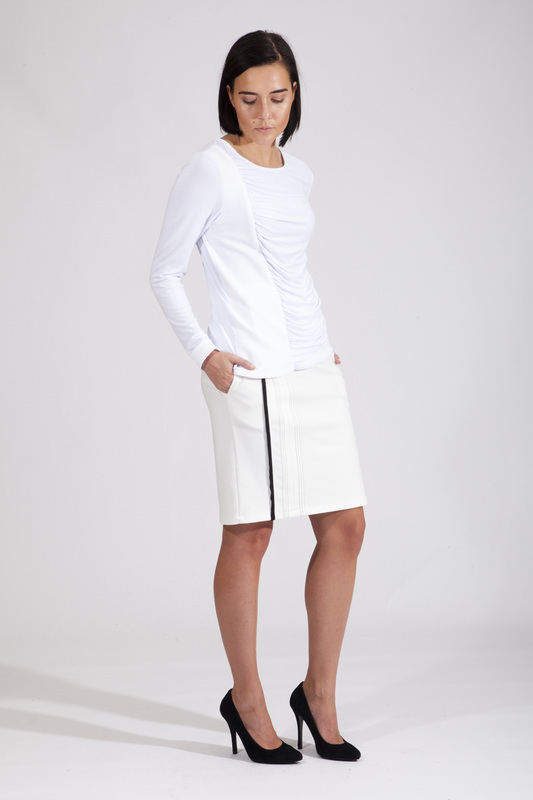


 RSS Feed
RSS Feed

